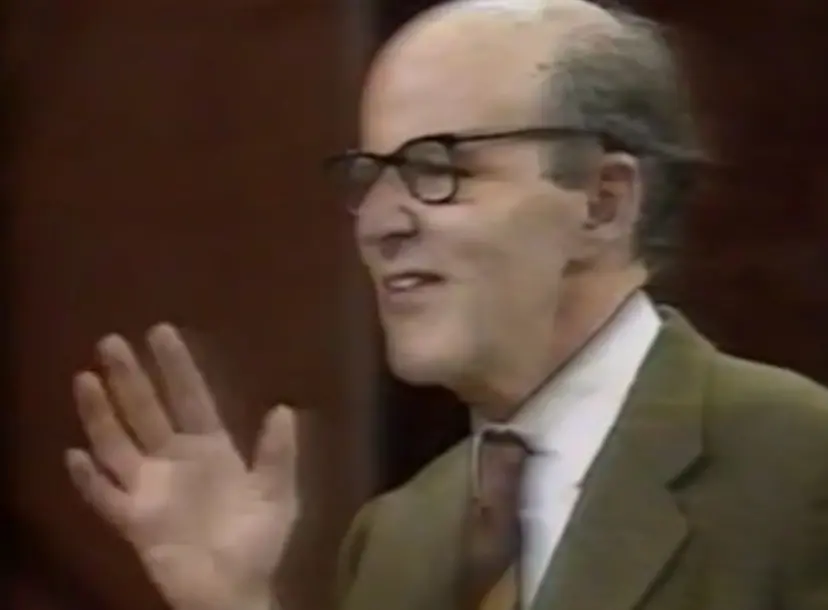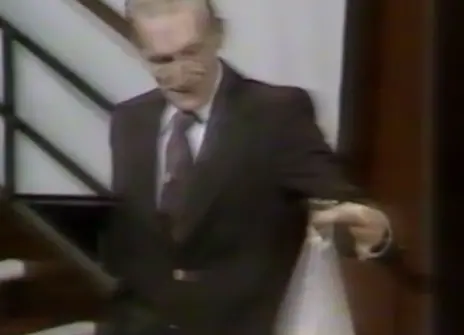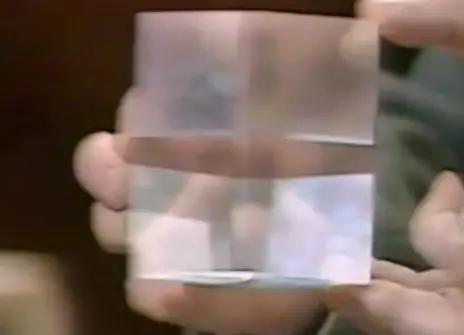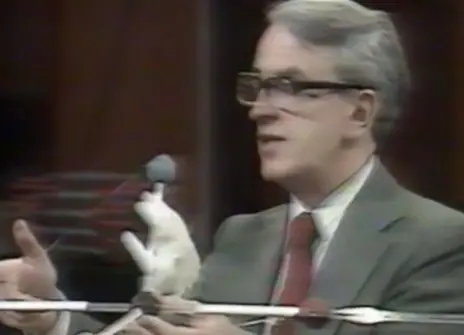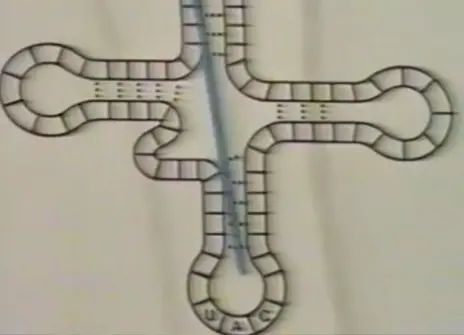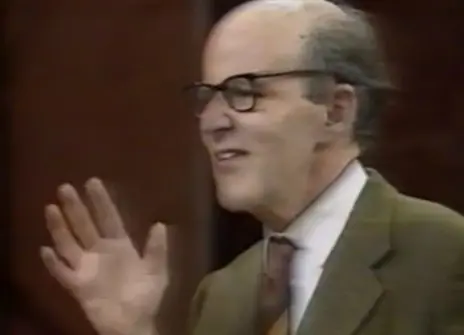Lecture 5 – Haemoglobin: the breathing molecule
From the 1980 lecture programme:
Haemoglobin is the protein of the red blood cells which carries oxygen from the lungs to the tissues and helps to carry carbon dioxide back from the tissues to the lungs. It fulfils this dual role by switching back and forth between two alternative structures, one in the arteries and another in the veins. The structure of its four protein chains is determined by genes and mutations in these genes can make children ill by impairing the function of their haemoglobin molecules. We can now track down the causes of such illnesses to changes of a few atoms but we cannot yet cure them.
About the 1980 CHRISTMAS LECTURES
Which came first, the chicken or the egg? This is one of the best known of all riddles without an answer but it is now giving place to a new riddle about the molecules from which chickens and eggs – and human beings – are made. These molecules are proteins and nucleic acids.
This series of six lectures, five presented by David Phillips and one with Max Perutz, showcases the complexity and importance of the proteins that make up so much of life. The lectures weave through the DNA helix, unravelling the mechanism that links DNA and protein production, and asking ‘which came first, the DNA or the protein?’
